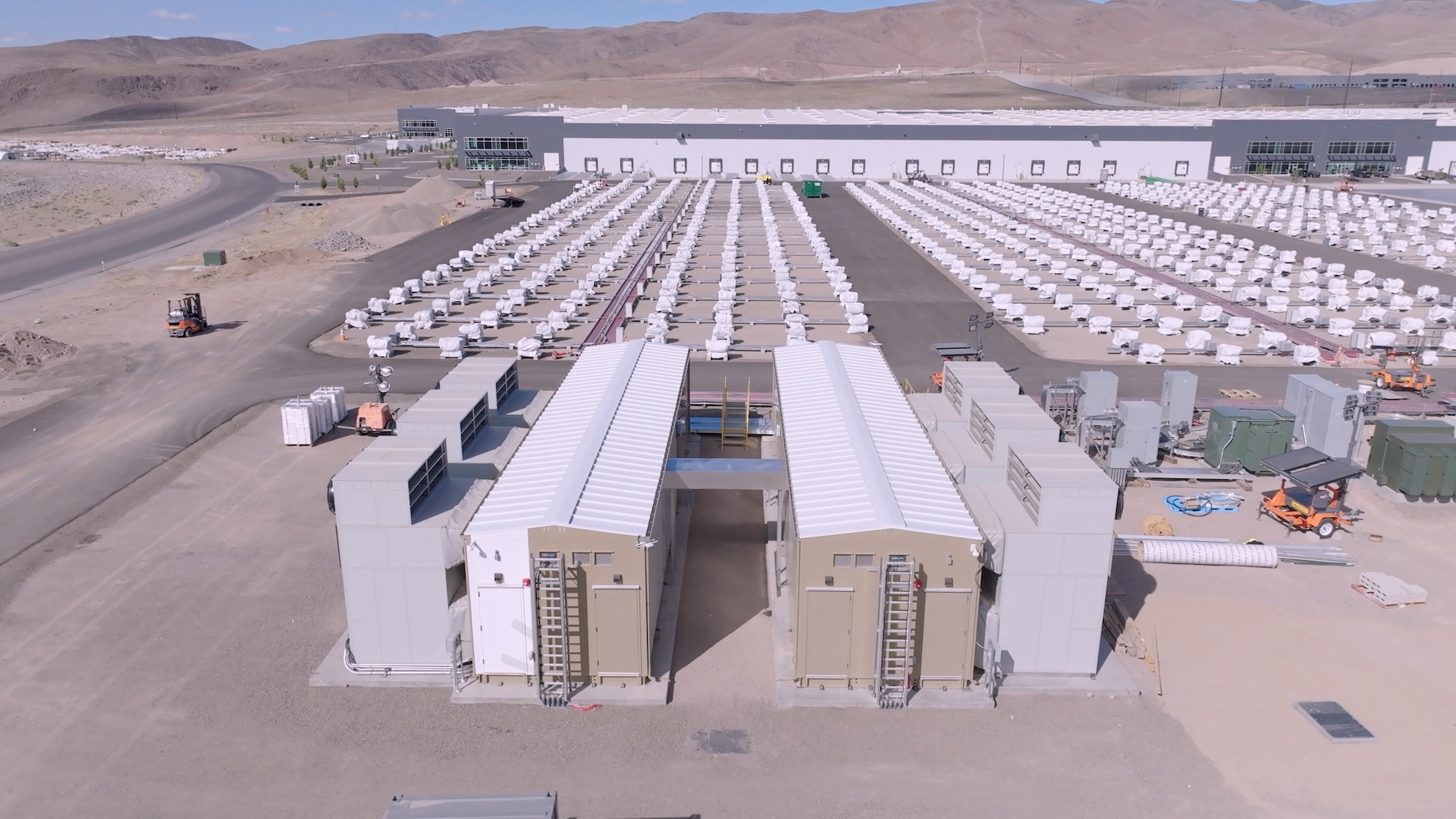
A recent announcement revealing a 50-50 joint venture between Japanese technology conglomerate SoftBank and artificial intelligence powerhouse OpenAI, aimed at selling enterprise AI tools in Japan under the brand "Crystal Intelligence," has sparked significant discussion within financial and technological circles. While seemingly a conventional international expansion strategy, the deal has ignited a critical examination of the underlying investment dynamics in the burgeoning AI sector, particularly due to SoftBank’s substantial existing stake in OpenAI. Analysts and industry observers are raising pertinent questions about whether the industry’s most prominent transactions are genuinely fostering new economic value or merely circulating capital within a tightly knit ecosystem of investors and their portfolio companies.
The Crystal Intelligence Venture: A Strategic Foray into Japan
The newly formed "Crystal Intelligence" venture represents a pivotal move for both SoftBank and OpenAI. For OpenAI, it signifies a direct and aggressive push into the Japanese market, a nation known for its technological adoption and industrial prowess. The joint venture’s explicit goal is to tailor and deploy advanced AI solutions for Japanese businesses, addressing specific local needs and regulatory environments. This strategic alignment aims to capitalize on the growing demand for generative AI tools that can enhance productivity, automate complex tasks, and drive innovation across various industries, from manufacturing to finance and healthcare.
SoftBank, leveraging its deep market penetration, extensive network, and understanding of the Japanese corporate landscape, is positioned to provide the necessary local expertise and distribution channels. The 50-50 partnership structure implies shared risk and reward, underscoring a commitment from both entities to the success of this endeavor. On the surface, the collaboration appears to be a symbiotic relationship, marrying OpenAI’s cutting-edge AI technology with SoftBank’s formidable market access. However, beneath this strategic alignment lies a more intricate web of financial interdependencies that warrants closer inspection.
SoftBank’s Vision: A History of Bold Bets and Strategic Swings
To fully grasp the nature of the SoftBank-OpenAI dynamic, it’s essential to understand SoftBank’s investment philosophy, primarily spearheaded by its charismatic founder, Masayoshi Son. SoftBank rose to global prominence through a series of audacious, high-stakes investments, most notably its early backing of Chinese e-commerce giant Alibaba, which yielded unprecedented returns. This success cemented Son’s reputation as a visionary investor with a knack for identifying future technological megatrends.
In recent years, SoftBank’s investment strategy has been largely channeled through its Vision Funds, multi-billion-dollar vehicles designed to pour capital into what it identifies as "disruptive technologies," with a pronounced focus on artificial intelligence. The Vision Funds have made colossal bets on companies across various sectors, from ride-sharing (Uber, Didi Chuxing) to co-working spaces (WeWork) and robotics. While some investments have been spectacularly successful, others, like WeWork, faced significant challenges, leading to substantial write-downs and underscoring the inherent risks of its aggressive, growth-at-all-costs approach. Despite these setbacks, SoftBank has remained steadfast in its conviction that AI represents the next foundational shift in technology, akin to the internet or mobile revolutions. Its portfolio is now heavily weighted towards AI-centric companies, reflecting a strategic pivot to dominate this emerging ecosystem.
OpenAI’s Meteoric Ascent and Insatiable Capital Demands
OpenAI, initially founded as a non-profit research organization with the mission to develop beneficial artificial general intelligence (AGI), has rapidly evolved into one of the most valuable and influential technology companies globally. Its transformation into a "capped-profit" entity allowed it to attract the immense capital required to fund its ambitious research and development initiatives. The release of ChatGPT in late 2022 marked a watershed moment, demonstrating the unprecedented capabilities of large language models (LLMs) to a mainstream audience and catalyzing a global AI arms race.
Developing and deploying state-of-the-art AI models like GPT-4 demands colossal financial resources. The costs associated with acquiring vast datasets, training models on immense computational infrastructure (often requiring thousands of specialized GPUs), and attracting top-tier AI talent are staggering. This capital intensity has driven OpenAI to secure multi-billion-dollar investments from key players, most notably Microsoft, which has invested over $13 billion and holds a significant, albeit non-controlling, stake. Other prominent venture capital firms have also participated in funding rounds, pushing OpenAI’s valuation into the tens of billions of dollars. This voracious appetite for capital, coupled with the immense promise of its technology, has positioned OpenAI at the epicenter of the AI boom, constantly seeking strategic partners and investors to fuel its exponential growth.
The "Circular Capital" Quandary: An Economic Perspective
The core concern raised by the SoftBank-OpenAI joint venture, given SoftBank’s existing investment in OpenAI, revolves around what some analysts term the "circular capital problem" or "ecosystem investing." This phenomenon occurs when an investor (SoftBank) holds a significant stake in a technology provider (OpenAI) and then facilitates or participates in a deal where its portfolio company’s services are purchased or utilized by another entity (the joint venture) that the investor also has a vested interest in.
From an economic standpoint, this raises several critical questions:
- True Market Validation: Does the joint venture represent genuine, organic demand for OpenAI’s services in Japan, or is it partly driven by SoftBank’s strategic interest in bolstering its portfolio company’s revenue and valuation? While market expansion is a legitimate business goal, the interconnectedness can blur the lines of independent market validation.
- Valuation Inflation: If a significant portion of a company’s revenue or growth comes from deals facilitated by its own investors, it can create a feedback loop that artificially inflates valuations. This can make it difficult to ascertain the true underlying economic performance and sustainability of the business without these interwoven relationships.
- Transparency and Conflicts of Interest: Such structures can introduce potential conflicts of interest. An investor might prioritize deals that benefit its portfolio companies, even if alternative, potentially more cost-effective or innovative, solutions exist in the open market. This can obscure the genuine competitive landscape.
- Distortion of Capital Allocation: When capital flows are heavily influenced by existing investment relationships, it can potentially distort efficient capital allocation. Resources might be directed towards specific companies or ventures not solely on merit or market demand, but also on the basis of pre-existing investor stakes.
However, it’s also crucial to acknowledge the counter-arguments. Strategic alliances and ecosystem building are common in nascent, high-growth industries. Investors often seek to create synergies among their portfolio companies, enabling them to grow faster and achieve market dominance. For SoftBank, facilitating OpenAI’s expansion into Japan could be seen as a legitimate way to enhance the value of its OpenAI investment while simultaneously capitalizing on the booming AI market through its local presence. This "ecosystem" approach can accelerate technological adoption and create integrated solutions that might not emerge through purely independent transactions. The challenge lies in distinguishing between legitimate strategic synergy and problematic financial engineering.
Broader Market Implications and Historical Context
The dynamics observed in the SoftBank-OpenAI deal are not isolated incidents but reflect broader trends within the contemporary technology investment landscape, particularly in capital-intensive sectors like AI. The immense sums of money required to compete at the forefront of AI development mean that a relatively small number of mega-investors and large tech companies often dominate the funding ecosystem. This can lead to a concentration of power and influence, where a few entities effectively shape the direction and commercialization of AI.
Historically, periods of rapid technological advancement and speculative investment have often seen similar patterns. During the dot-com bubble of the late 1990s, for instance, a tangled web of cross-investments and strategic alliances among internet companies and their venture capital backers contributed to inflated valuations and ultimately, a market correction. Companies would invest in each other, create joint ventures, and then count these inter-company revenues towards their top lines, often masking a lack of sustainable, external customer demand. While the current AI landscape differs significantly in its technological maturity and societal impact, the financial mechanics of interconnected investments bear a resemblance that warrants careful consideration.
The impact of such funding structures extends beyond individual companies. It influences the entire market’s perception of value, investor confidence, and the potential for new entrants. If the market perceives that valuations are being propped up by internal capital flows rather than organic growth and genuine customer adoption, it could lead to increased skepticism and potentially, a re-evaluation of the entire sector’s worth. This could make it harder for smaller, independent AI startups to compete for funding against well-capitalized players backed by these interlocking investment networks.
The Path Forward: Scrutiny and Sustainability
As the AI revolution continues to unfold, propelled by massive investments and rapid technological breakthroughs, the nature of its funding mechanisms will remain a critical area of focus. The SoftBank-OpenAI "Crystal Intelligence" venture serves as a prominent example of the intricate financial relationships that are shaping the industry. While strategic alliances are undeniably crucial for fostering innovation and market expansion, the transparency and sustainability of these interconnected investments are paramount.
Investors, analysts, and the public will continue to scrutinize these deals to discern whether they are genuinely creating long-term economic value, fostering robust competition, and ultimately delivering on the transformative promise of artificial intelligence. The ability of these ventures to generate independent revenue, attract diverse customers, and demonstrate a clear path to profitability beyond the confines of investor-backed ecosystems will be the ultimate test. The long-term health and credibility of the AI market will depend on its capacity to balance aggressive growth strategies with sound financial principles, ensuring that the innovation we witness is built on a foundation of genuine demand and sustainable value creation.





